Nordic design is a prominent design movement that has influenced everything from architecture and interior design to product design.
The movement emerged in the early 20th century in the Nordic countries of Sweden, Denmark, Finland, Norway, and Iceland.
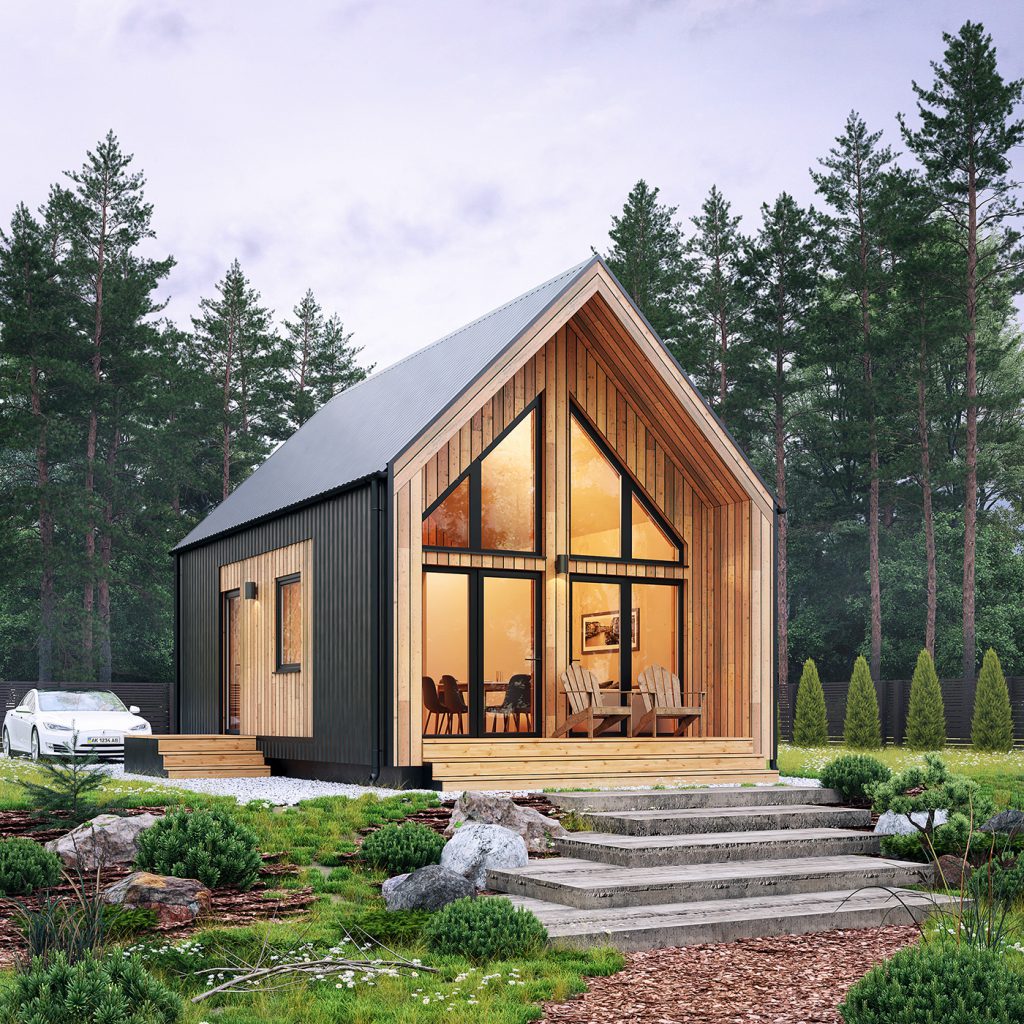
During the 1950s, it became known around the world. Blending minimalism and functionality, Nordic design offers a considered solution for simple living.
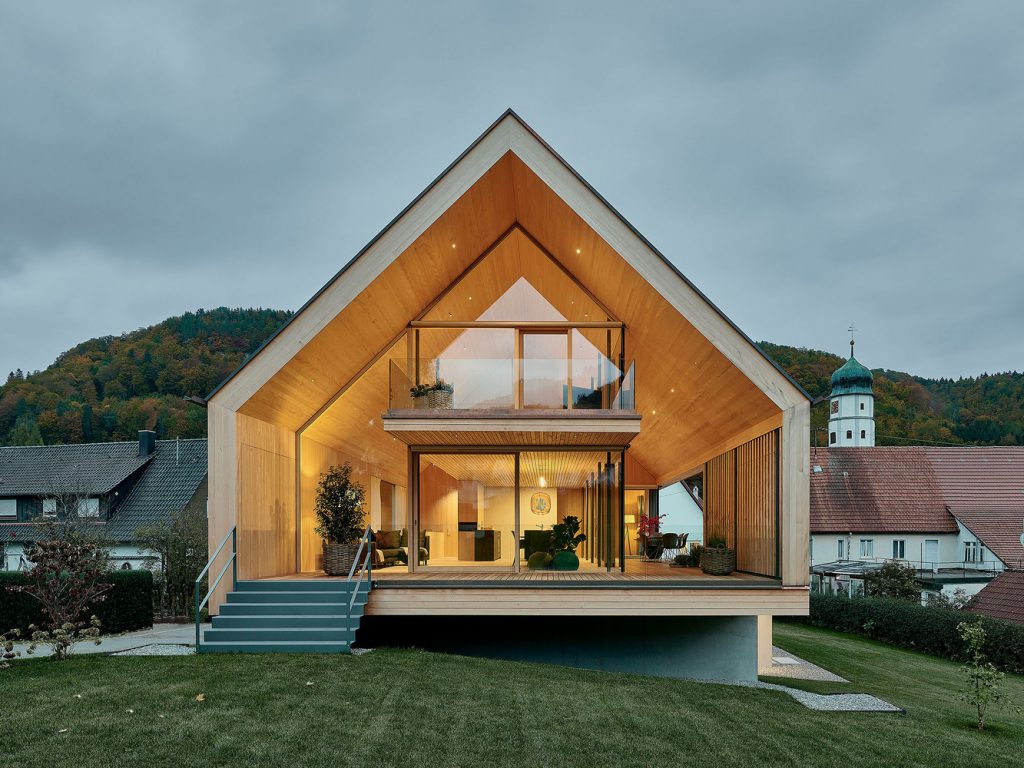
The Nordic trend takes its cue from what is happening on the design scene in Denmark. It focuses on the interplay between colours and natural, woven textures, surfaces and materials with minimal pattern.
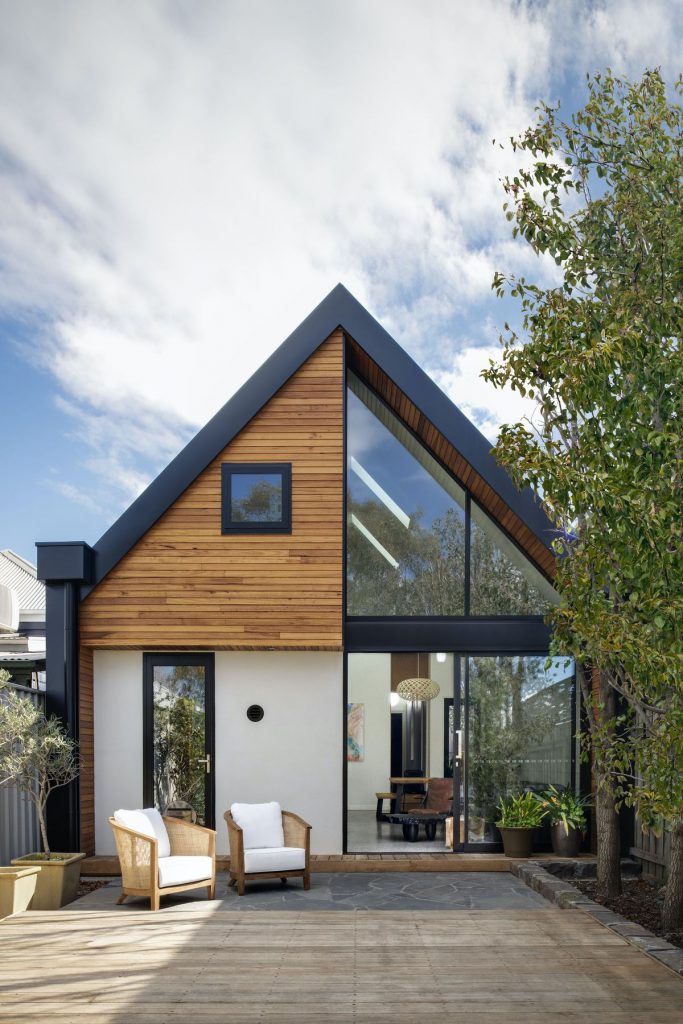
Reminiscent of Scandinavian style, Nordic fusion is simultaneously traditional, rustic, contemporary and modern.
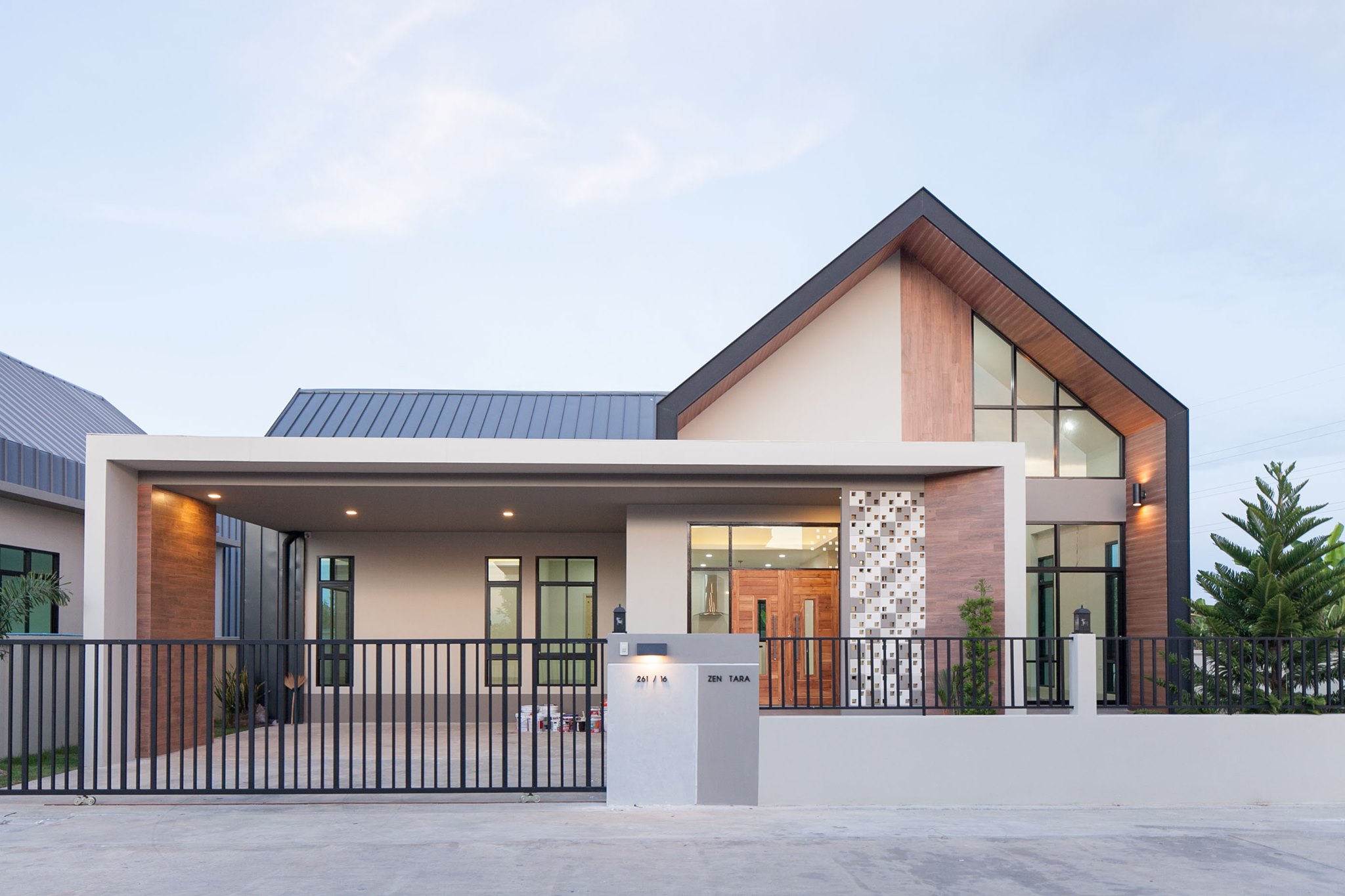
Unvarnished woods with camel-coloured leather and wool-like rugs, create a welcoming and casual space that veers away from formality. Its inspiration comes from dark, foggy forests, so colours are muted, greyed-off and moody.
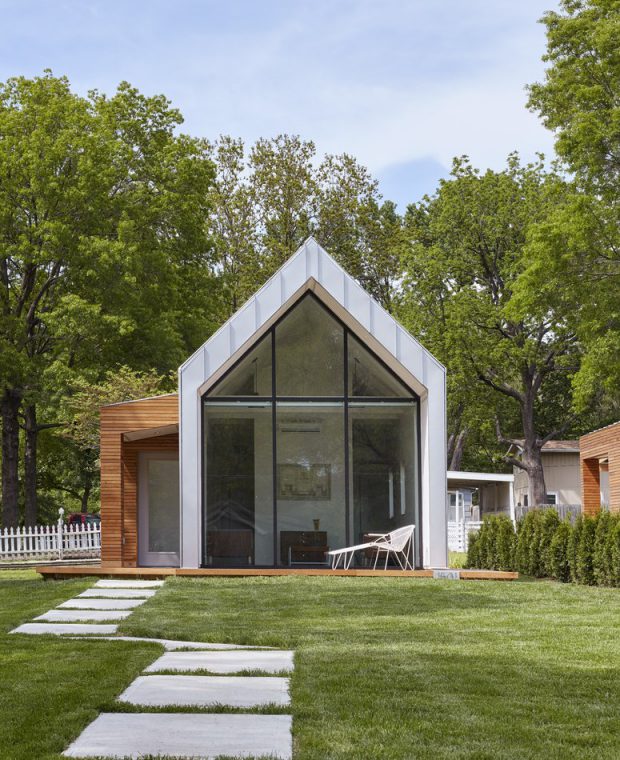
Think stormy, inky blues and greens, teal, washed greeny-greys, steel and charcoal.
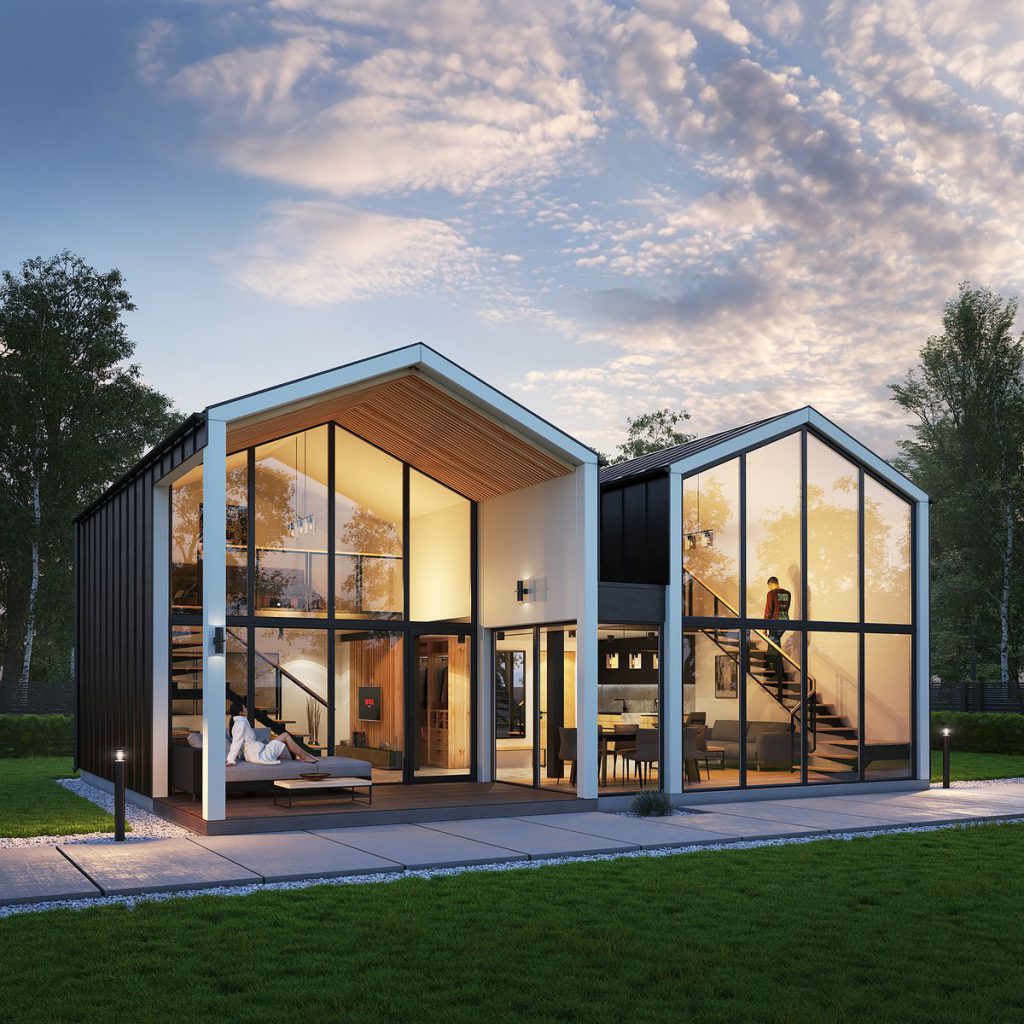
Teal, inky blue and Steel (blue grey), all available in natural lime paint, are perfect for this look. Offset moodier hues with softer colours such as stone, driftwood, alabaster and chemise pink.
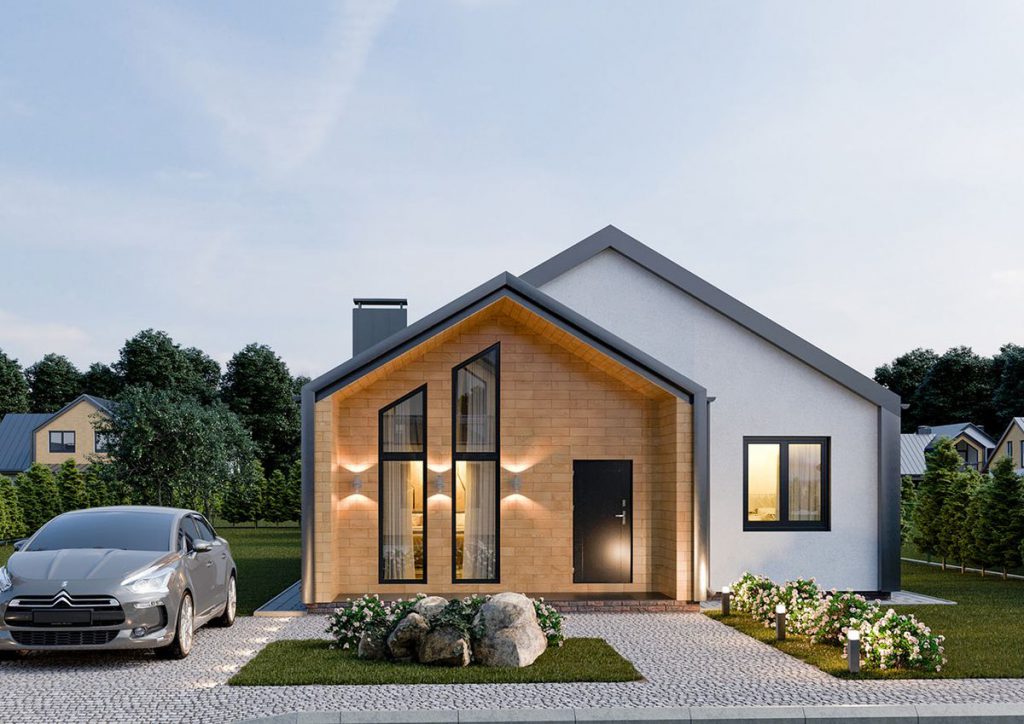
.
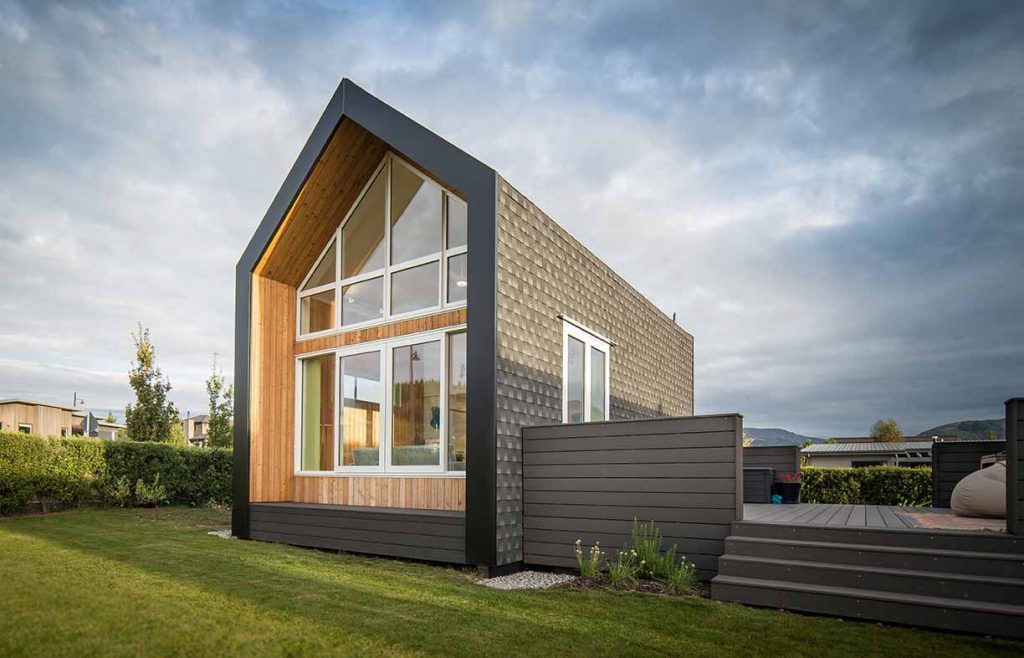
.
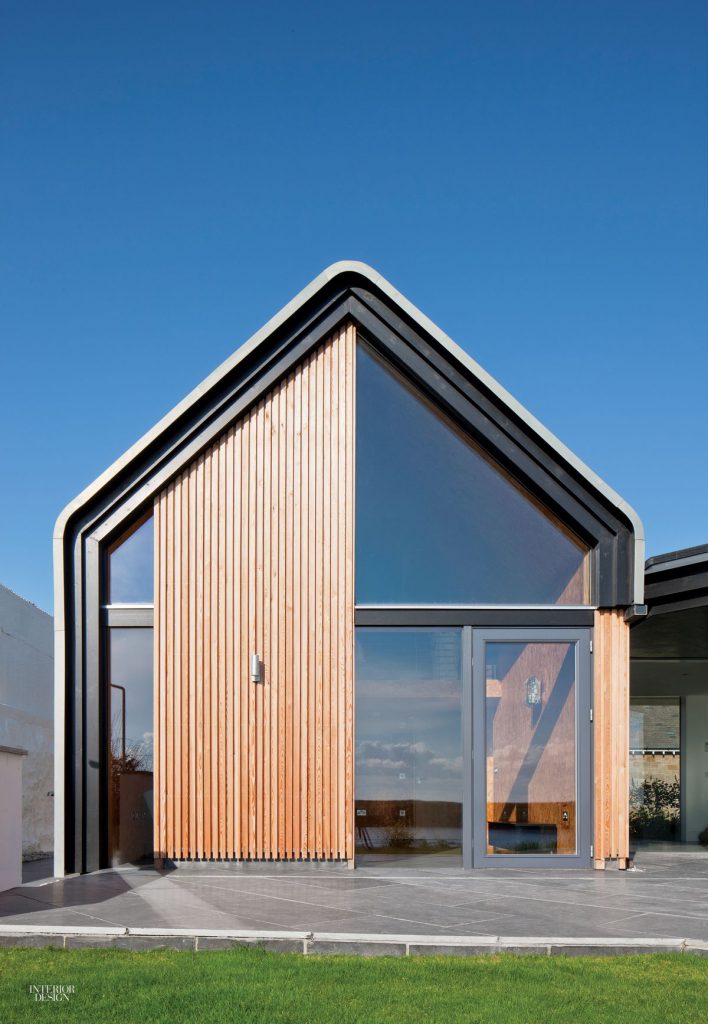
.

.
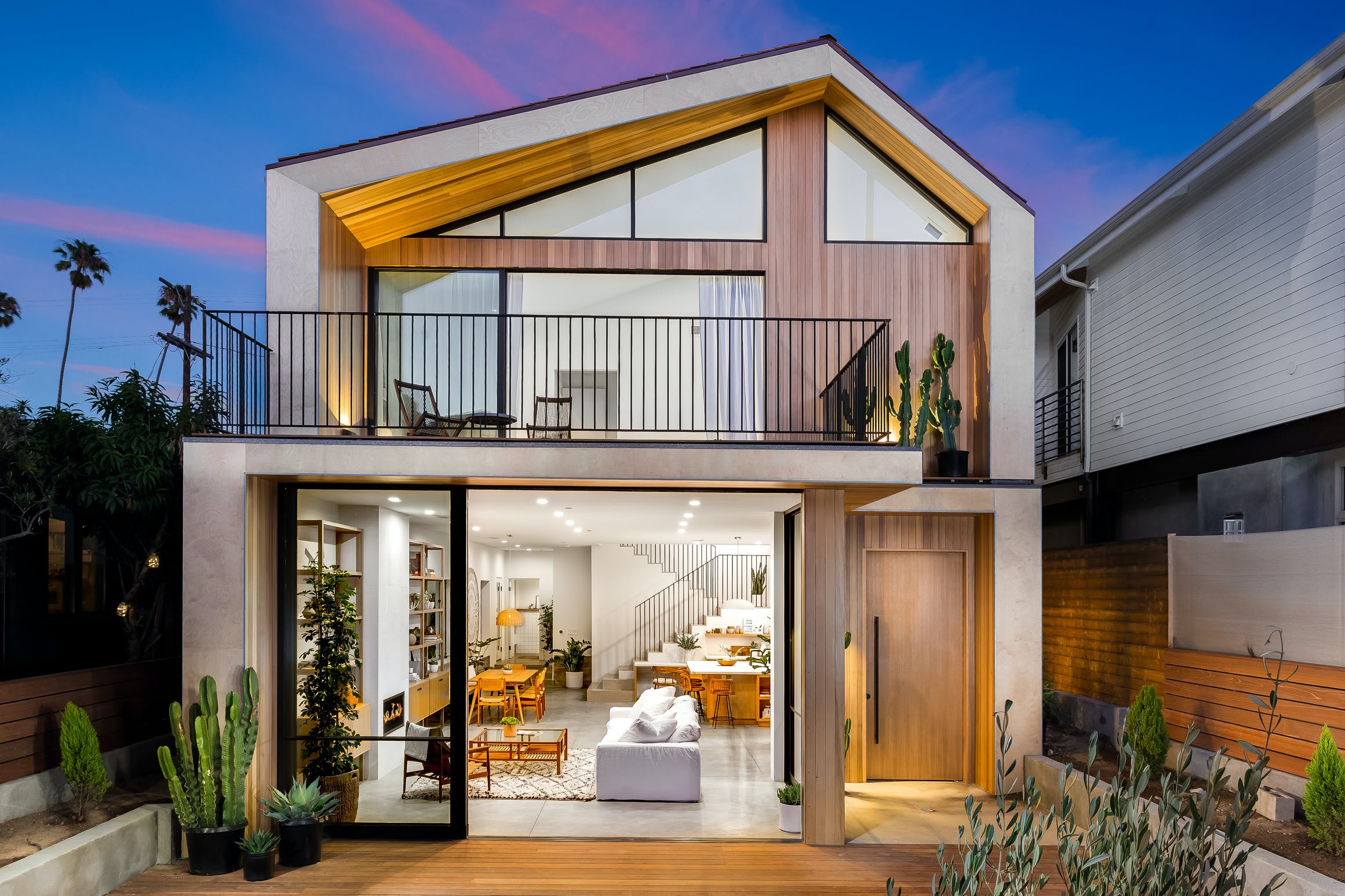
.
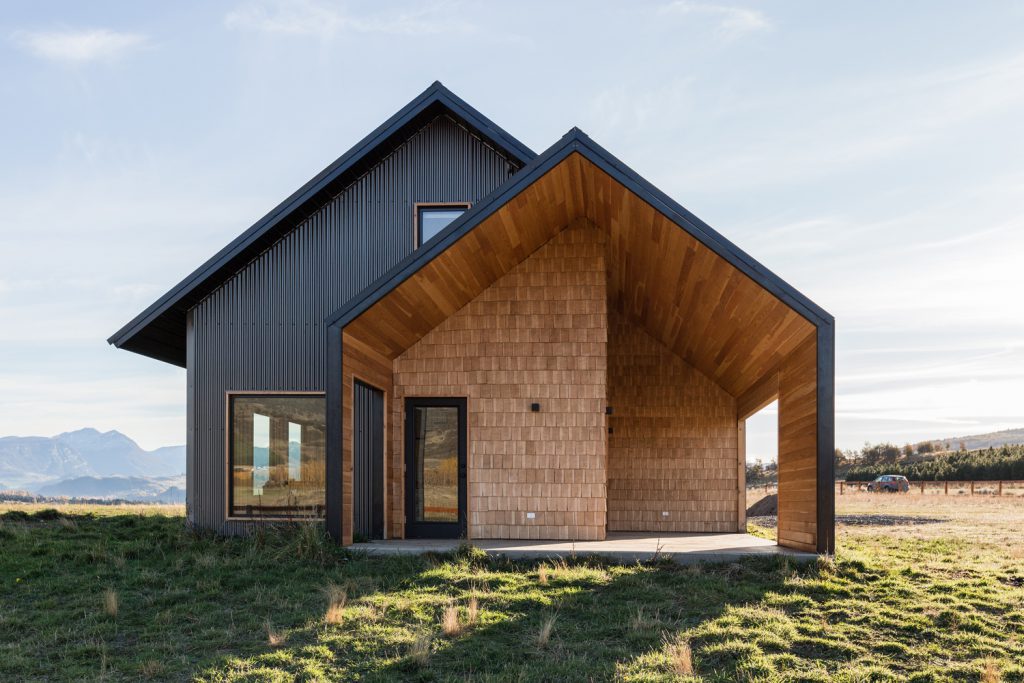
.
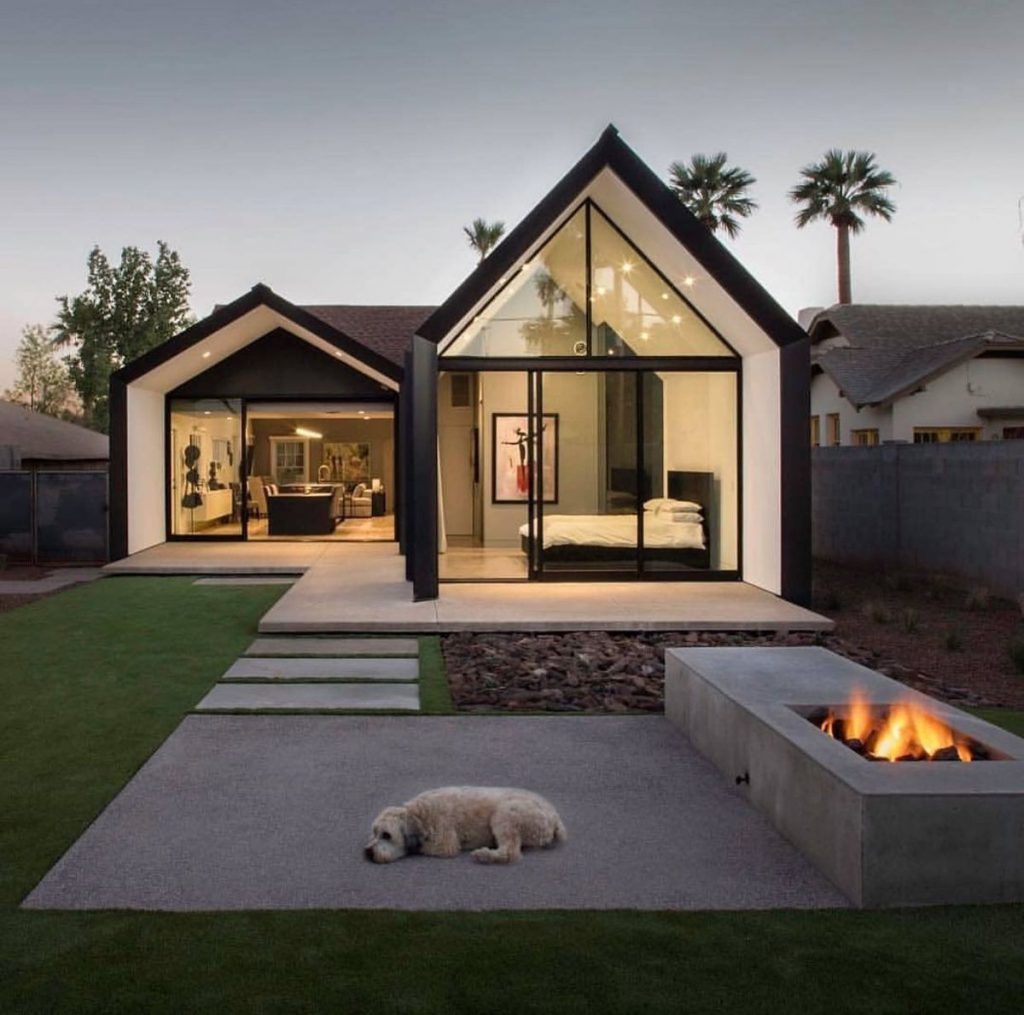
.
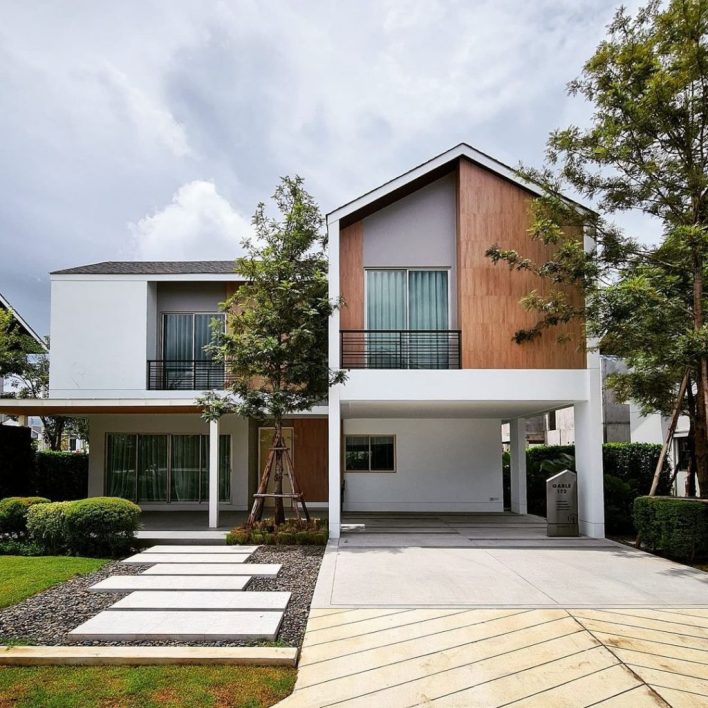
.
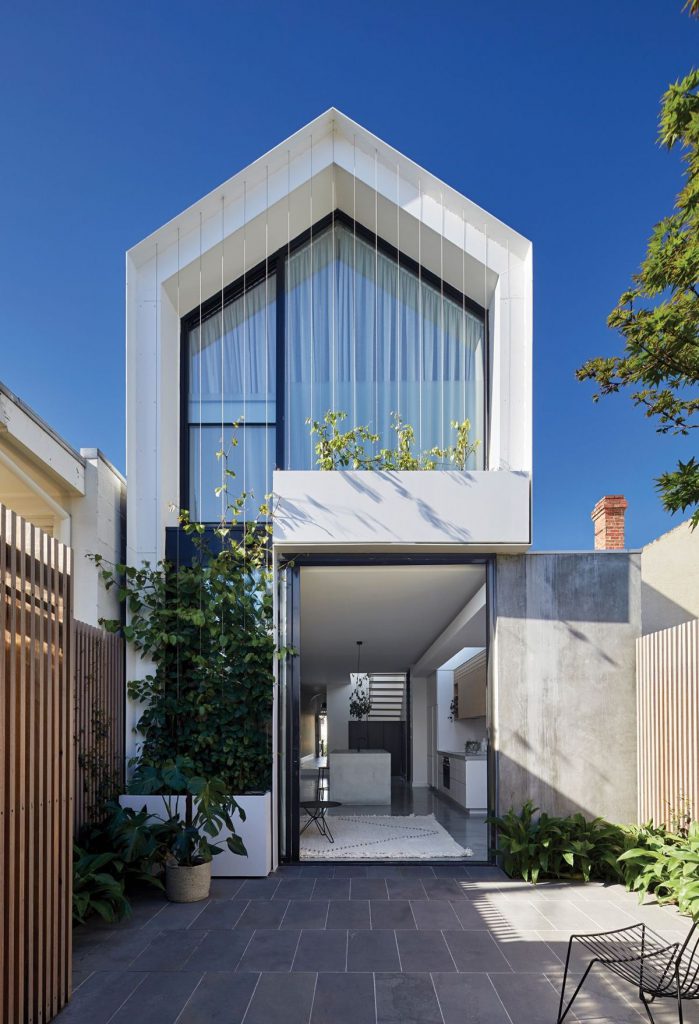
.
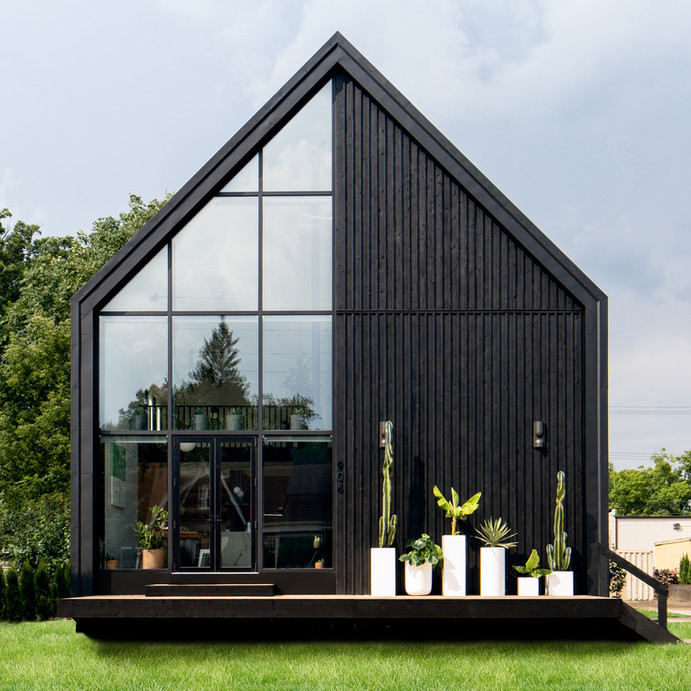
.
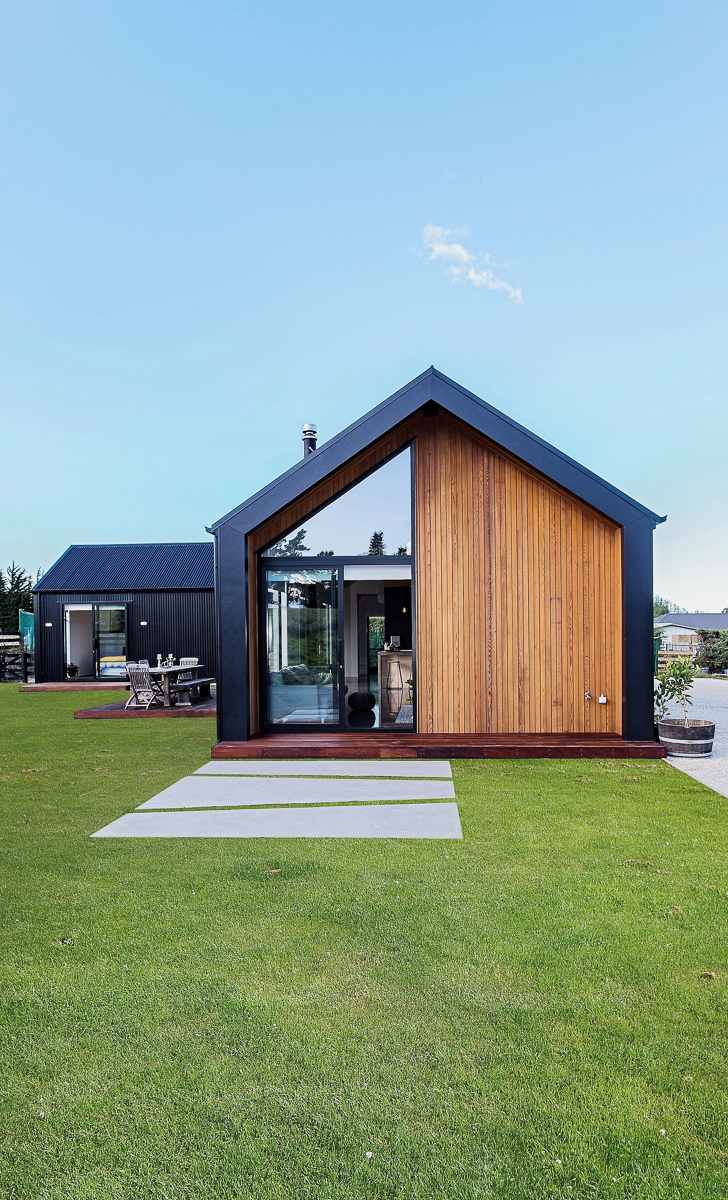
.

.
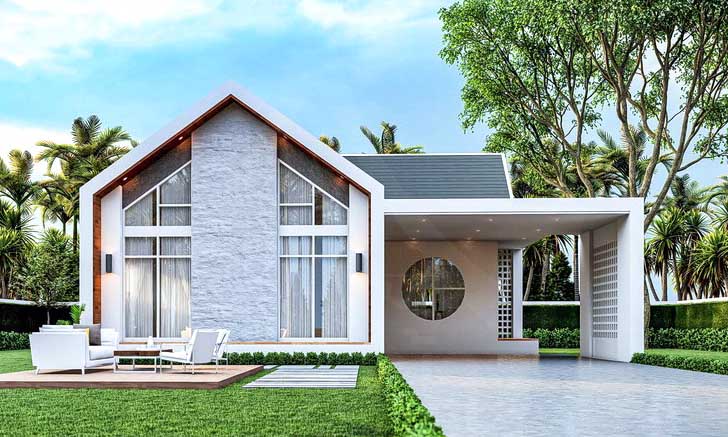
.
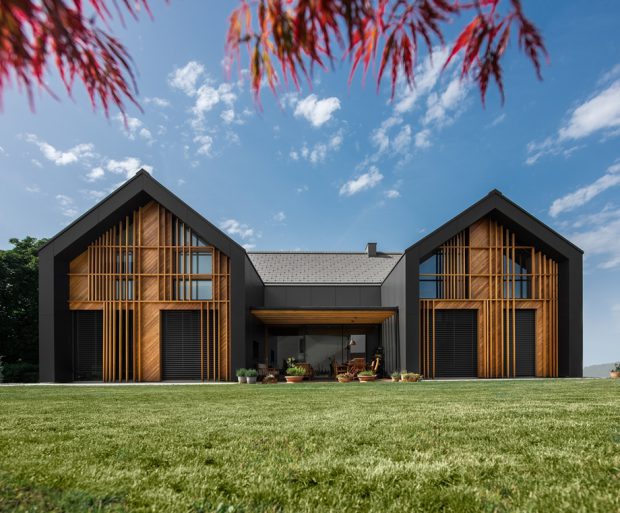
Credit: Pinterest
Source: Thaiupdates.info








